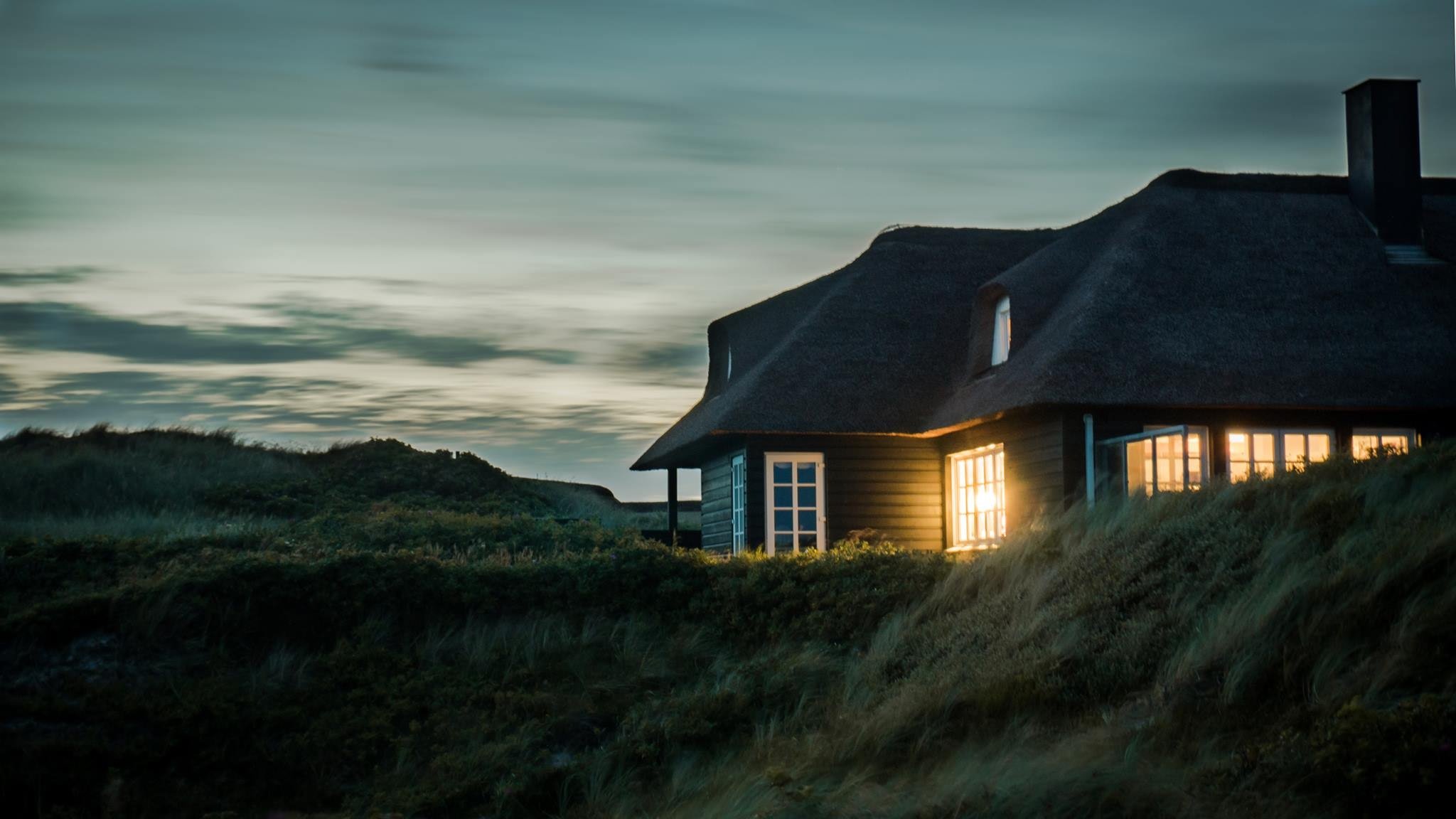When Resources are Scarce, Conservation is Critical
During long term disruptions, whether the result of natural disasters or wars between nations, resources become scarce. The electrical grid could become compromised and supply chains could be obstructed. If we truly want to prepare ourselves for SHTF events, then it’s important that we make the most of what little we have. Americans today tend to want bigger things and more of them. Houses are growing larger and the average number of household appliances is rising. This trend depletes the amount of our finite global resources at a faster rate than we’ve seen in the past. Moreover, by engaging in the practice of “bigger and more,” we will find ourselves completely caught off guard in the event of a long term disruption. To ensure you avoid growing complacent in your use of energy, I suggest you consider the below three energy strategies to build a more energy efficient home.
Source
When it gets cold outside, it can be tough to live without turning on the heat in our homes. We tend to power up the furnace and let it do its magic. The real magic, though, isn’t how much warmer our home gets. It’s how efficiently the home is warmed. Most furnaces are powered by one of two fuel sources: electricity or natural gas. Electric furnaces are typically smaller and easier to operate, which makes them appealing for some homeowners. However, they are less efficient in heating your home than gas furnaces.
The heating elements in electric furnaces cannot achieve as high of temperatures as can the gas ignited in gas furnace combustion chambers. This makes electric furnaces poor choices in cold climates. The amount of electricity used will not result in increased comfort. Additionally, electric furnaces are more expensive to operate over time than those powered by natural gas, since natural gas is cheaper than electricity.
Materials
There are now a large number of energy efficient building materials we can build our homes with. Once the technology is a bit more mature, solar roof panels may ultimately be one such type of material. Energy efficiency doesn’t start and end with roofs, though. Georgia-Pacific advertises its Thermostat radiant barrier sheathing,
“reflects up to 97% of the sun’s radiant heat from a home’s attic and can help lower attic temperatures by up to 30°F. This improved energy efficiency makes Thermostat radiant barrier the ideal choice for new homes, additions and renovations in warm to hot climates.”
Wall and slab foundations high in thermal mass should also be used. Concrete walls and floors exposed to sunlight, as an example, absorb and retain heat from the sun’s energy. At night, they release the heat throughout the house. If shaded during the day, concrete walls and floors remain cool.
Continuous insulation contributes to more energy efficiency. Less energy is required to heat or cool a home with continuous insulation because it is uncompressed. This results in significant cost savings. In fact, building codes now require its use.
Design
Thoughtful home design is a critical component in improving the energy efficiency of your home. Positioning the home north-south minimizes the amount of sunlight the home gets in the summer and maximizes sunlight exposure in the winter. We can also look back to the way in which homes were designed before the advent of air conditioning. In the South, homes were designed with deep roof overhangs to shield homeowners from the sun. This also helped in keeping the rest of the house cool.
In the Victorian era, houses were designed doors with transom windows. Transom windows allow light and air to pass through rooms when the door is shut. This helps to transfer cool air between rooms in the summer and reduce the need for electrically generated light.
Making a Little Go a Long Way: Energy Efficient Home
The above recommendations are not feasible for everyone. Not every community offers its residents natural gas and swapping out the materials used for walls and foundations isn’t an easy task. That said, survivalism requires we become more efficient in our use of our limited resources. This is why it’s necessary to build an energy efficient home. In addition to better preparing for SHTF events, we’ll save money in the long run.
Do you have suggestions regarding an energy efficient home? Leave a comment or contact me directly.


